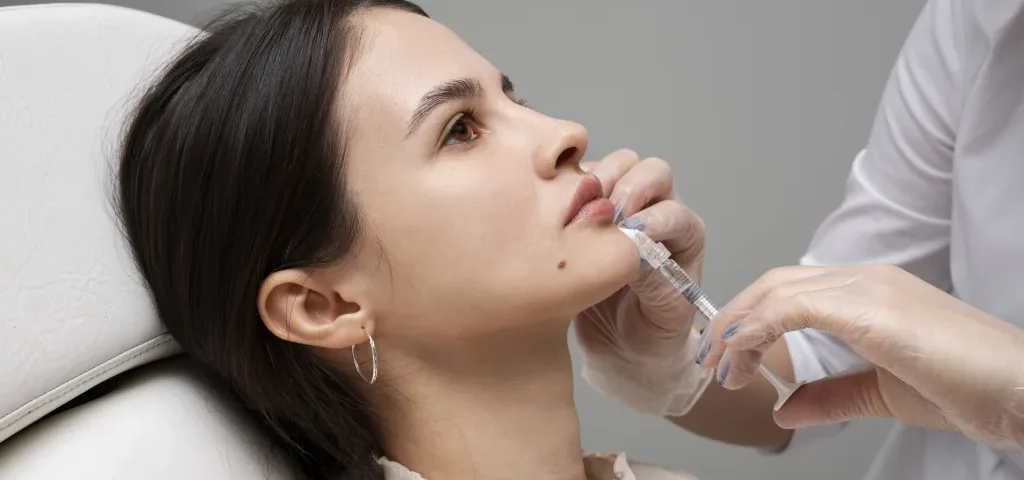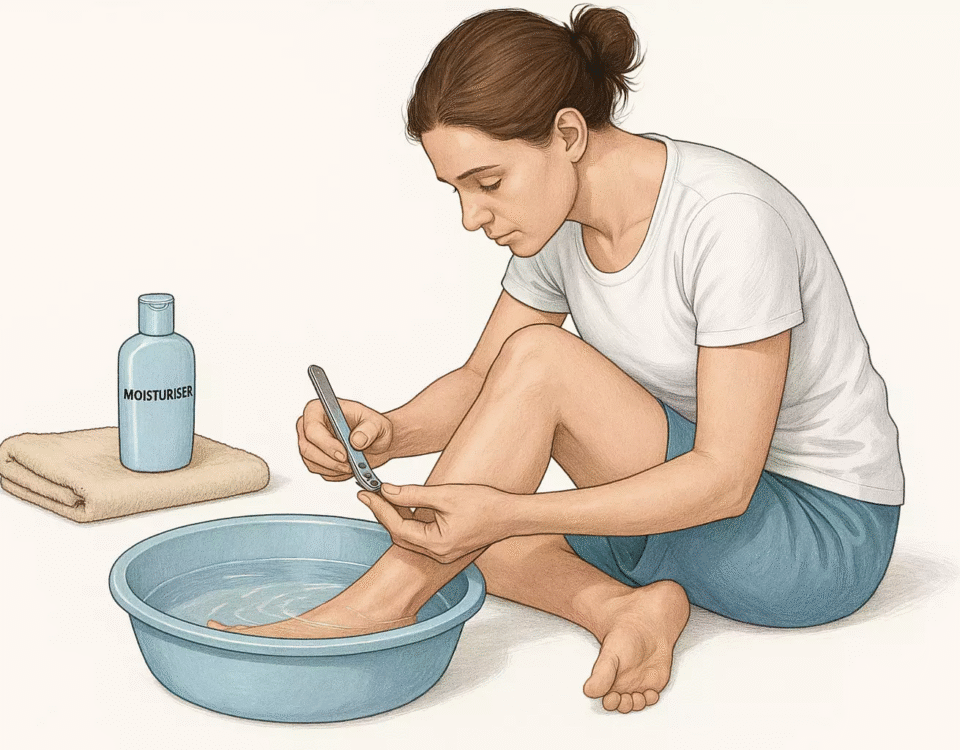
The Role of Physical Therapy in Shoulder Pain Management
October 21, 2025
What Patients Should Ask Their Orthopedic Spine Surgeon
October 22, 2025Dermal fillers are gel-like substances injected beneath the skin to restore lost volume, smooth lines, or enhance facial contours. These treatments address signs of aging without surgery. Gaining a clear understanding of what they are and how they work helps you make an informed decision. Here is some information about the longevity of different dermal fillers:
What Are the Types of Dermal Fillers?
There are multiple types of dermal fillers, each designed for specific results. Understanding their ingredients can help you choose the right one for your needs. Some key ingredients include:
- Hyaluronic Acid (HA): This is a natural substance found in your skin. HA fillers add volume and draw moisture to the treated area, giving a natural, hydrated look. They are versatile and can be used for areas like lips, cheeks, and under-eye hollows. HA fillers offer temporary effects, allowing for flexibility over time.
- Calcium Hydroxylapatite (CaHA): This ingredient is naturally found in human bones. CaHA fillers are generally thicker than HA fillers and are often used for deeper wrinkles, lines, and adding volume to areas like cheeks or jawlines. Because they are denser, CaHA fillers provide strong support and are typically not used in delicate areas like the lips.
How Long Do Fillers Last?
The length of time a dermal filler remains effective depends on the specific product and its placement. Hyaluronic acid fillers usually last several months. HA fillers in the lips, which move frequently, may break down more quickly than those in less active areas like the cheeks. Patients who undergo frequent facial movements may see results dissipate slightly faster.
Calcium hydroxylapatite fillers generally have longer-lasting results. Since they are denser, they are less likely to dissolve quickly in high-motion areas, making them a good choice for cheek and jawline enhancement. Over time, your body absorbs the CaHA, leaving behind a collagen structure that helps maintain the improvements.
How Do I Promote Longevity After Treatment?
Taking steps after getting dermal fillers may influence how long your results last. Following your provider’s post-care instructions is a reliable starting place. This might mean avoiding vigorous exercise, alcohol, and products that thin the blood for one or two days immediately after treatment.
Sun exposure influences skin aging and may shorten the life of your filler. Wearing a broad-spectrum SPF daily protects against potential sun damage and helps maintain the product’s longevity. Developing a regular moisturizing routine and staying well-hydrated supports the skin’s health, which may help fillers last longer.
You will also want to avoid excessive pressure or massage on the treated areas unless directed by your provider. Scheduling maintenance appointments as recommended helps maintain your skin’s appearance. A healthy lifestyle, including balanced nutrition and limited tobacco use, also supports overall skin wellness and treatment results.
Work With an Aesthetician Today
Understanding the different types of dermal fillers and their longevity helps you plan your aesthetic goals. Each filler type, placement, and your individual habits play a role in how long results last. By following aftercare steps and making thoughtful choices about your skin’s health, you support the outcome of your treatment. Contact a qualified aesthetician for a dermal filler consultation today.
- Navigating Healthy Weight Loss During Life Changes
- Candizi – Where Wellness Meets Delicious Simplicity
- EO PIS – Executive Operations Performance Indicator System Explained
- A 2022. Évi Téli Paralimpia Megnyitó Ceremóniája – A Grand Opening Beyond Sports
- Understanding the Services Offered at Aesthetic Centers




